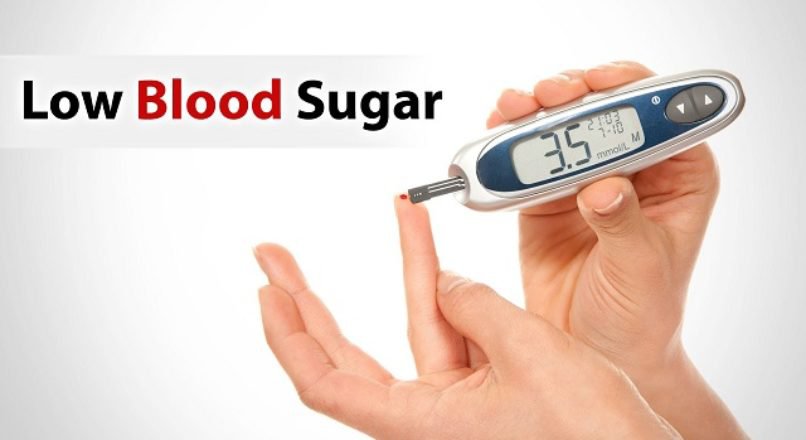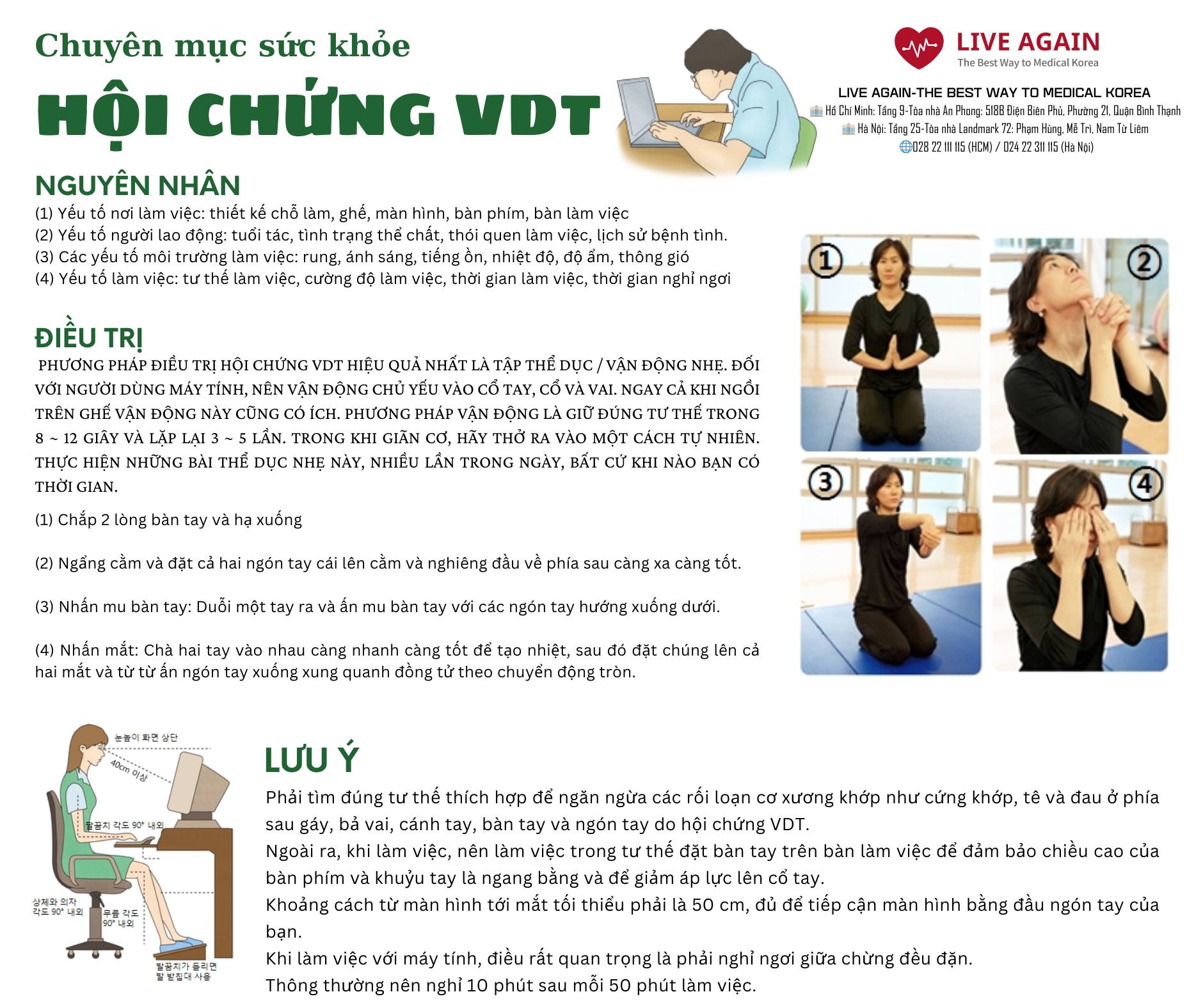- What is severe acute respiratory syndrome?
- Cause of severe acute respiratory syndrome
The causative agent of Severe Acute Respiratory Syndrome (SARS) is the SARS-coronavirus. The exact transmission route has not yet been precisely identified, but it is believed to occur through respiratory droplets. SARS spreads through droplets expelled from the respiratory tract when a person coughs, sneezes, or talks.
- Symptoms of severe acute respiratory syndrome
- Diagnosis and treatment of severe acute respiratory syndrome
Patients need to undergo basic tests such as blood tests, chest X-rays, sputum tests, and stool tests. To check for antibodies against SARS-coronavirus, enzyme immunoassays can be performed. However, it may take until the 21st day after symptoms appear to confirm whether the patient tests positive.
There is no specific treatment for Severe Acute Respiratory Syndrome (SARS); treatment focuses on alleviating symptoms such as shortness of breath and oxygen deficiency.
- Monitor and take note of this syndrome
Approximately 80% to 90% of patients improve within 6 to 7 days after the onset of symptoms. About 10% of patients experience worsening symptoms. Acute respiratory distress syndrome can progress to the point where patients require mechanical ventilation. The mortality rate for this syndrome is around 14% to 15%.
Severe Acute Respiratory Syndrome (SARS) has not yet been prevented by a vaccine. It is only recommended to wash hands thoroughly to prevent infection from direct contact. Since 2008, there have been no areas classified as high-risk for SARS infection or travel-restricted areas globally. However, if areas at risk of infection are reported, it is advisable to limit visits and travel to those locations.








